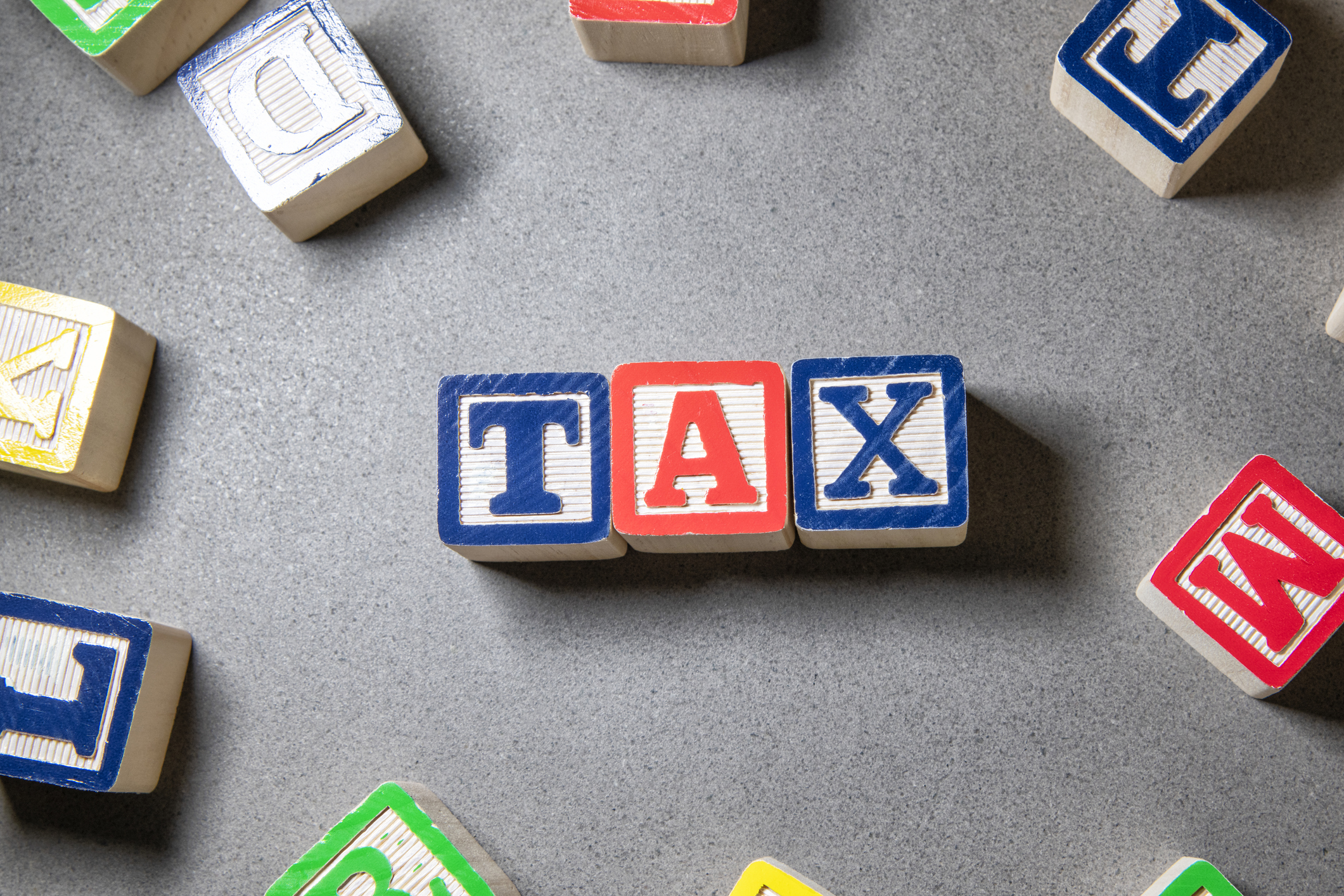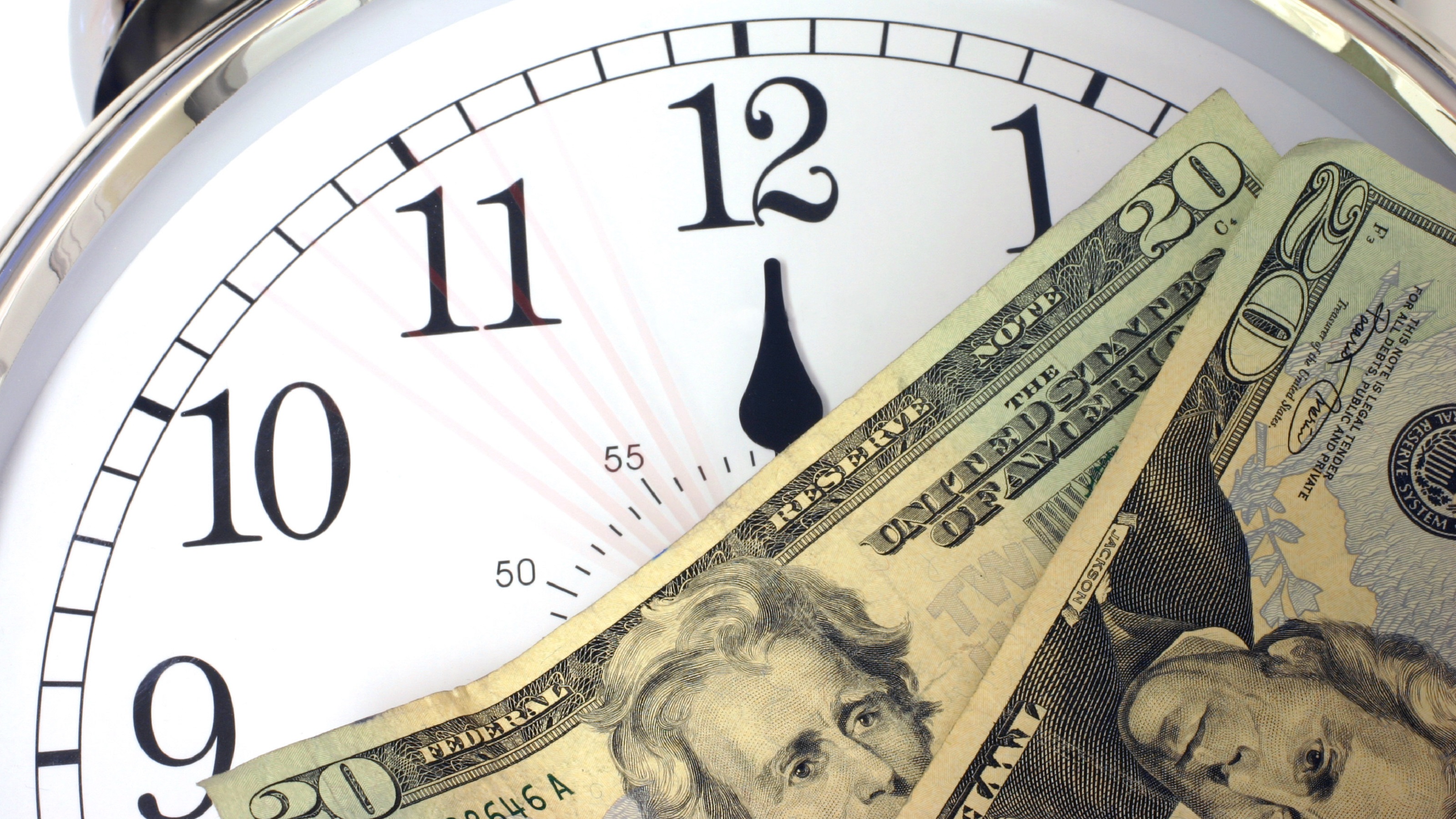Taxes When Using the Back Door Into a Roth IRA
The new tax law still allows high earners to contribute indirectly to a Roth IRA. But the tax bill for doing so will depend partly on whether they have other money in a traditional IRA.


Question: I read your column How to Undo a Roth Contribution If Your Income is Too High. But if your income is too high, can you -- under the new tax law -- still make backdoor Roth contributions by converting money from a traditional IRA to a Roth? If so, would this be a tax-free conversion if you immediately transfer your traditional IRA contribution to a Roth?
Answer: The new tax law didn't change your ability to make a "backdoor" Roth IRA contribution if your income is too high to contribute to a Roth directly. But the conversion will only be tax-free if you don't have any other money in a traditional IRA.
You can only contribute to a Roth IRA in 2018 if your modified adjusted gross income is less than $135,000 if you're single or $199,000 if married filing jointly. (The contribution amount starts to phase out if you earn more than $120,000 if you're single or $189,000 if married filing jointly.) But there's no income limit for converting money from a traditional IRA to a Roth. Some people who earn too much to contribute directly to a Roth make a nondeductible contribution to a traditional IRA, then quickly roll the money over to a Roth. This is called a backdoor Roth contribution. If the nondeductible contribution is the only money you have in a traditional IRA, then you won't owe taxes on the conversion, except on any gains that occurred between the time you made the contribution and the time you converted to the Roth.

Sign up for Kiplinger’s Free E-Newsletters
Profit and prosper with the best of expert advice on investing, taxes, retirement, personal finance and more - straight to your e-mail.
Profit and prosper with the best of expert advice - straight to your e-mail.
But if you had any other money in a traditional IRA -- whether from tax-deductible contributions or rollovers from a 401(k) -- you may have to pay more in taxes. The tax-free portion of the conversion is based on the ratio of your nondeductible contributions to the total balance in all of your traditional IRAs. If you have $50,000 in traditional IRAs and you make $5,000 in nondeductible contributions, then 10% of your conversion will be tax-free and the remaining 90% will be taxable. See How to Calculate Tax-Free and Taxable IRA Withdrawals for more about figuring the tax consequences.
For more information about the procedure for making a backdoor Roth contribution, see How High Earners Can Set Up a Roth IRA.
Get Kiplinger Today newsletter — free
Profit and prosper with the best of Kiplinger's advice on investing, taxes, retirement, personal finance and much more. Delivered daily. Enter your email in the box and click Sign Me Up.

As the "Ask Kim" columnist for Kiplinger's Personal Finance, Lankford receives hundreds of personal finance questions from readers every month. She is the author of Rescue Your Financial Life (McGraw-Hill, 2003), The Insurance Maze: How You Can Save Money on Insurance -- and Still Get the Coverage You Need (Kaplan, 2006), Kiplinger's Ask Kim for Money Smart Solutions (Kaplan, 2007) and The Kiplinger/BBB Personal Finance Guide for Military Families. She is frequently featured as a financial expert on television and radio, including NBC's Today Show, CNN, CNBC and National Public Radio.
-
 The AI Doctor Coming to Read Your Test Results
The AI Doctor Coming to Read Your Test ResultsThe Kiplinger Letter There’s big opportunity for AI tools that analyze CAT scans, MRIs and other medical images. But there are also big challenges that human clinicians and tech companies will have to overcome.
By John Miley Published
-
 The Best Places for LGBTQ People to Retire Abroad
The Best Places for LGBTQ People to Retire AbroadLGBTQ people can safely retire abroad, but they must know a country’s laws and level of support — going beyond the usual retirement considerations.
By Drew Limsky Published
-
 2025 Family Tax Credits: Four IRS Changes That Can Save You Money
2025 Family Tax Credits: Four IRS Changes That Can Save You MoneyFamily Tax Credits Explore the new IRS-adjusted amounts for popular family tax credits.
By Gabriella Cruz-Martínez Last updated
-
 Election 2024 Childcare Debate: Harris-Walz vs. Trump-Vance Plans
Election 2024 Childcare Debate: Harris-Walz vs. Trump-Vance PlansElection As Election Day approaches, the Republican and Democratic tickets present different ideas for childcare and family tax credits. Here's what to know.
By Gabriella Cruz-Martínez Published
-
 The Clock Is Ticking on Tax Cuts: Act Now to Avoid Missing Out
The Clock Is Ticking on Tax Cuts: Act Now to Avoid Missing OutEstate and gift tax exemptions are at an all-time high until the end of 2025. That may seem like a long way off, but setting things up could take longer than expected.
By Christopher F. Tate, J.D. Published
-
 Plan Now, Save on Taxes Later: Tax Law Reset Is Coming
Plan Now, Save on Taxes Later: Tax Law Reset Is ComingDon’t let the sunsetting of provisions in the Tax Cuts and Jobs Act catch you off guard. Here are some ways to take advantage of lower tax rates now.
By William Thatcher Published
-
 What You Can Do Now to Avoid Paying Higher Taxes in 2026
What You Can Do Now to Avoid Paying Higher Taxes in 2026Tax rates are set to increase once the Tax Cuts and Jobs Act sunsets at the end of 2025, but steps you take now could put you in a better financial position.
By Joe F. Schmitz Jr., CFP®, ChFC® Published
-
 Year-End Tax Planning for a Financially Healthier Retirement
Year-End Tax Planning for a Financially Healthier RetirementGetting your tax ducks in a row for the end of the year can decrease your tax liability and make the most of your income, now and in retirement.
By Ryan Marston, Investment Adviser Representative Published
-
 Three Ways You Can Flip the Script on Your Taxes
Three Ways You Can Flip the Script on Your TaxesDoes it feel like the tax code is beating you up at times? Instead of accepting that feeling of getting pushed around, here’s how you can pay what you must but no more.
By Scott M. Dougan, RFC, Investment Adviser Published
-
 Qualified Opportunity Zones With an Energy Boost
Qualified Opportunity Zones With an Energy BoostThe energy sector, where investors can combine qualified opportunity fund perks with oil and gas direct investment tax benefits, is one of the more appealing and lesser-understood QOZ offerings available.
By Daniel Goodwin Published